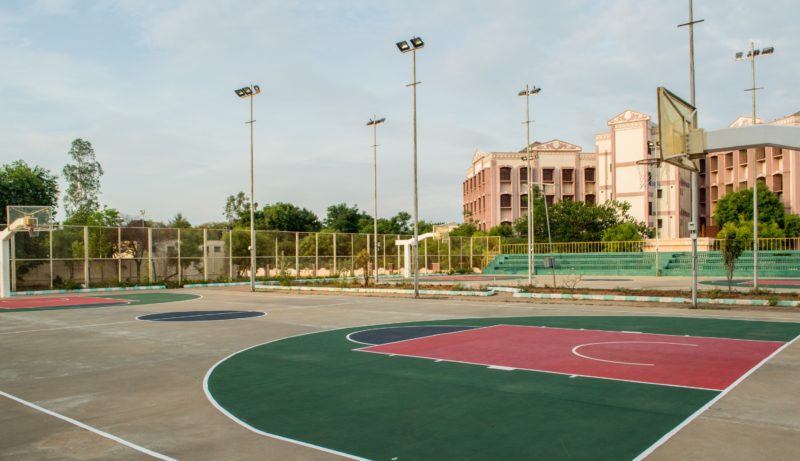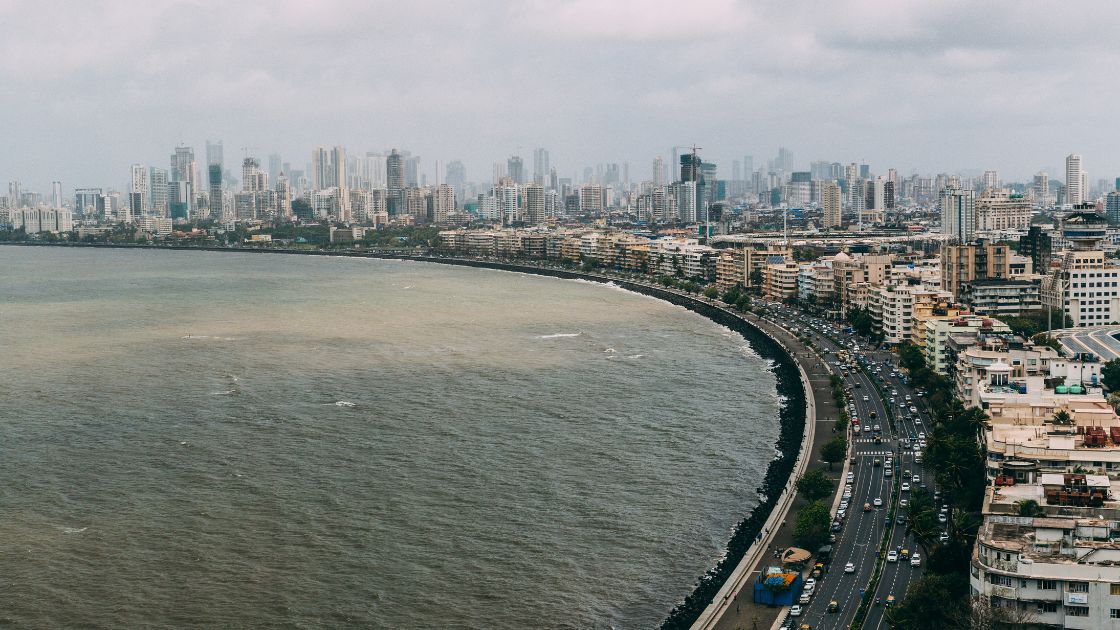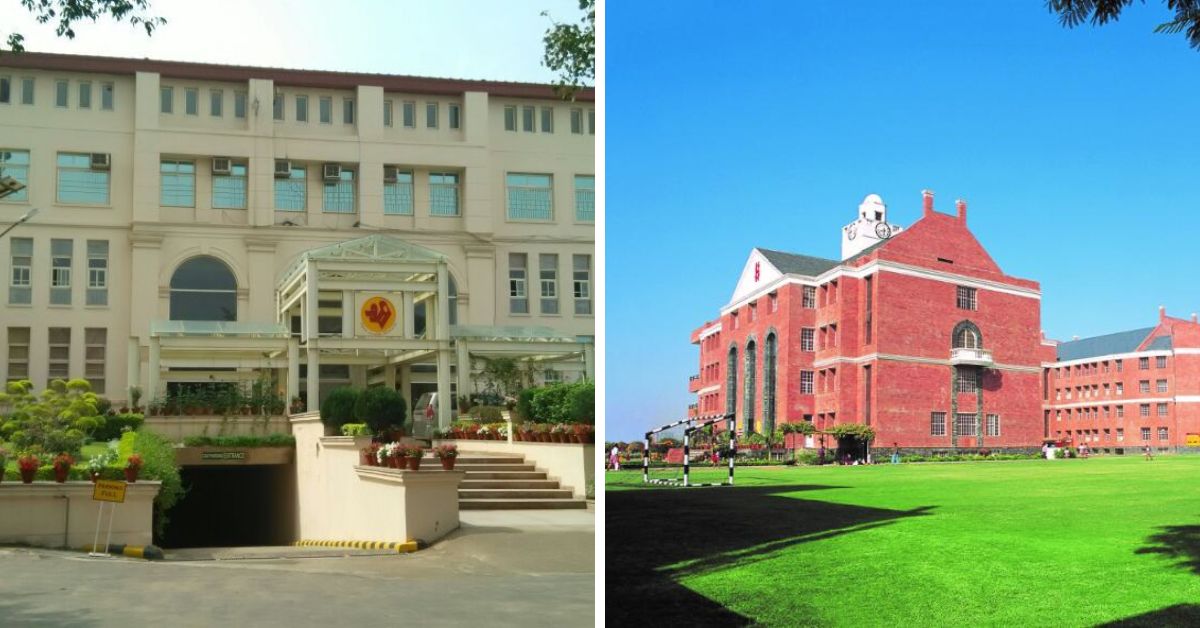In recent years, India has witnessed a troubling rise in gangster culture, particularly among the youth. The influence of infamous gangsters such as Lawrence Bishnoi has brought the spotlight on the growing allure of gangster life among teenagers. Bishnoi, a notorious gangster involved in multiple criminal cases, including murder, extortion, and drug trafficking, has not only built a vast criminal network but has also become a figure of admiration for some impressionable youths. This article delves into the reasons behind this influence, its impact on Indian teenagers, and possible solutions to curb this menace.
1. The Rise of Lawrence Bishnoi and His Influence
1.1. Who is Lawrence Bishnoi?
- Lawrence Bishnoi, a key figure in India’s criminal underworld, operates from both inside and outside of prison.
- He has been linked to high-profile crimes, including the murder of Punjabi singer Sidhu Moosewala.
- His gang operates in various states, including Punjab, Rajasthan, Haryana, and Delhi, engaging in extortion, smuggling, and contract killings.
1.2. The Glorification of Bishnoi
- Media Attention: Bishnoi’s frequent appearances in news reports and social media platforms have elevated his notoriety.
- Social Media Influence: Despite being a criminal, Bishnoi has gained a cult following, with fan pages glorifying his life and crimes.
- Gangster Movies and Music: The rise of Punjabi songs and movies that romanticize gangster culture further cements his image as a rebellious figure.
2. Factors Contributing to the Appeal of Gangster Life in India
2.1. Socioeconomic Factors
- Unemployment and Poverty:
- In many parts of India, lack of job opportunities and poverty push teenagers toward gangs, promising quick money and power.
- Broken Families:
- Dysfunctional family environments often lead teenagers to seek belonging and support in gangs.
2.2. Peer Pressure and Identity Crisis
- Need for Recognition:
- Teenagers often seek validation and identity, which gang culture appears to provide.
- Peer Influence:
- Friends already involved in criminal activities can pressure others to join.
2.3. Media and Pop Culture
- Punjabi Music Industry:
- Songs often glamorize guns, drugs, and violence, portraying gangsters as heroes.
- Social Media:
- Platforms like Instagram and YouTube host videos and reels showcasing gang life, further enticing impressionable minds.
3. Impact of Gangster Life on Indian Teenagers
3.1. Psychological Impacts
- Normalization of Violence:
- Continuous exposure to gang culture desensitizes teenagers to violence, making them more likely to resort to aggressive behavior.
- Mental Health Issues:
- The fear of law enforcement, coupled with violent experiences, often leads to anxiety, depression, and PTSD.
3.2. Academic and Career Setbacks
- School Dropouts:
- Many teenagers involved in gang activities neglect their education, limiting future career opportunities.
- Criminal Records:
- A criminal background further narrows their chances of securing legitimate jobs.
3.3. Legal and Social Consequences
- Encounters with Law Enforcement:
- Increased surveillance and crackdowns on gang activities lead to frequent arrests and encounters.
- Social Alienation:
- Involvement in gangs often results in strained family relationships and social ostracism.
4. Case Study: Lawrence Bishnoi’s Influence on Indian Youth
4.1. Recent Incidents
- The Sidhu Moosewala Case:
- The murder of popular Punjabi singer Sidhu Moosewala shocked the nation, with Bishnoi’s gang allegedly orchestrating the crime.
- This incident brought Bishnoi into the limelight, leading to heightened media coverage.
- Teenagers Joining Gangs:
- Several cases have emerged where teenagers, inspired by Bishnoi, joined his network.
- Example: In Punjab and Rajasthan, law enforcement has arrested multiple youths who admitted to idolizing Bishnoi and engaging in extortion and drug peddling under his gang’s name.
4.2. Social Media Fan Base
- Bishnoi's gang uses social media to instill fear and flaunt their power. This digital presence influences many teenagers, who see this lifestyle as a way to gain respect and fear in society.
5. Measures to Address the Influence of Gangster Life
5.1. Strengthening Family and Community Support
- Parental Guidance:
- Parents should actively monitor their children’s activities and provide emotional support.
- Community Programs:
- Establish youth centers and mentorship programs to engage teenagers in positive activities like sports, arts, and skill development.
5.2. Education and Awareness Campaigns
- School-Based Programs:
- Schools should introduce sessions on the dangers of gang involvement and the importance of making better life choices.
- Role of Media:
- The media should take responsibility by avoiding the glorification of gangsters and focusing on the negative consequences of gangster life.
5.3. Law Enforcement Initiatives
- Strict Action Against Gangs:
- Crackdowns on gangs and their social media accounts to dismantle their influence.
- Rehabilitation Programs:
- Offering counseling and vocational training to teenagers caught in gang activities can help them reintegrate into society.
Conclusion
The influence of gangster life on Indian teenagers is a growing concern, with figures like Lawrence Bishnoi becoming unintended role models for vulnerable youth. Tackling this issue requires a multi-pronged approach involving families, educational institutions, community leaders, and law enforcement. By creating awareness and offering positive alternatives, society can guide teenagers away from the dangerous path of gangster life and towards a brighter, more productive future.







